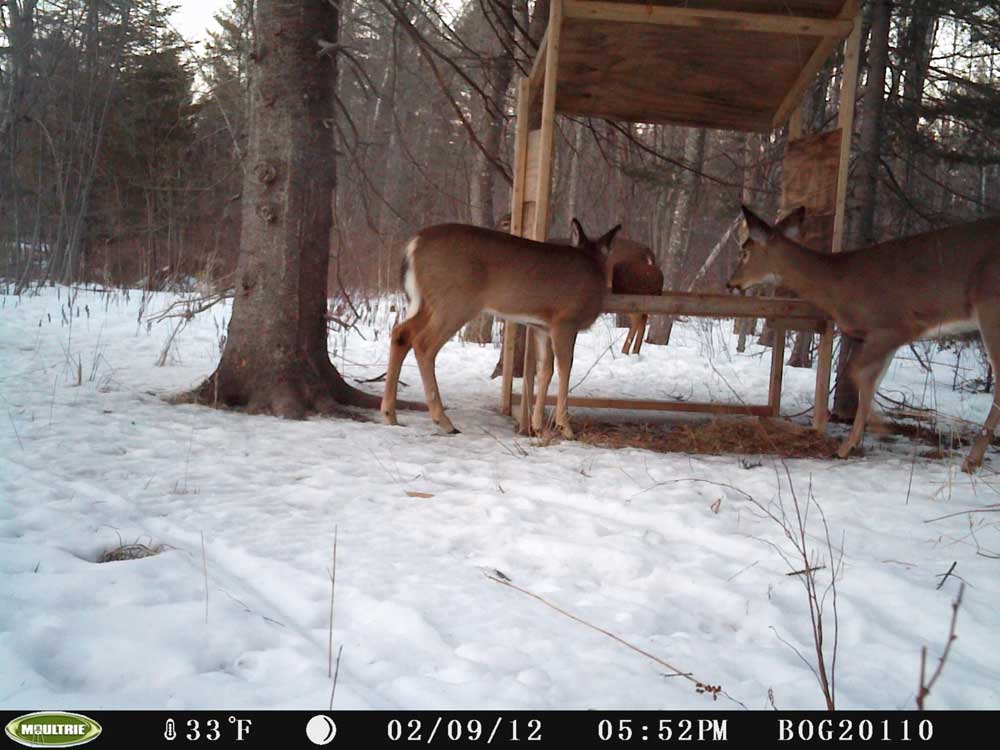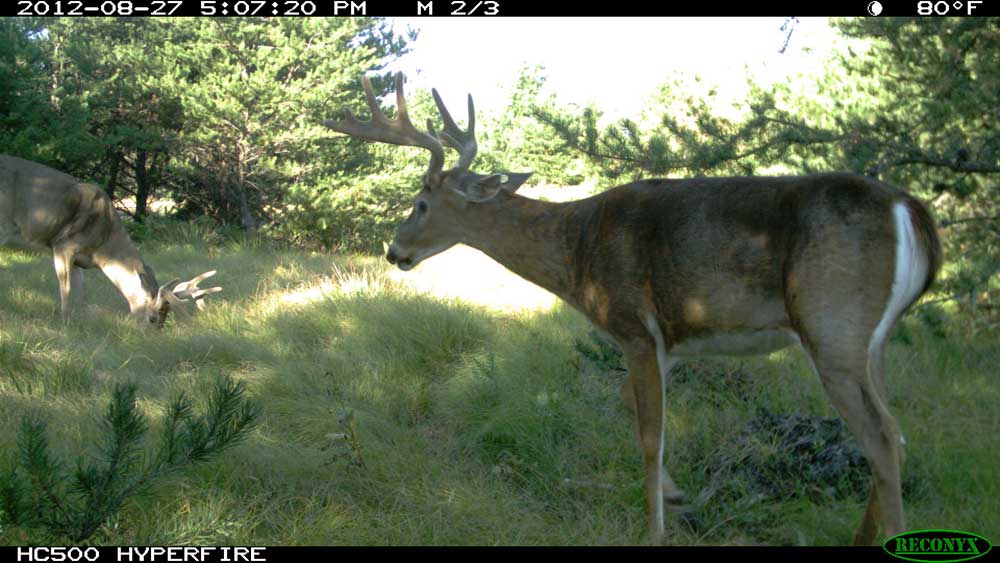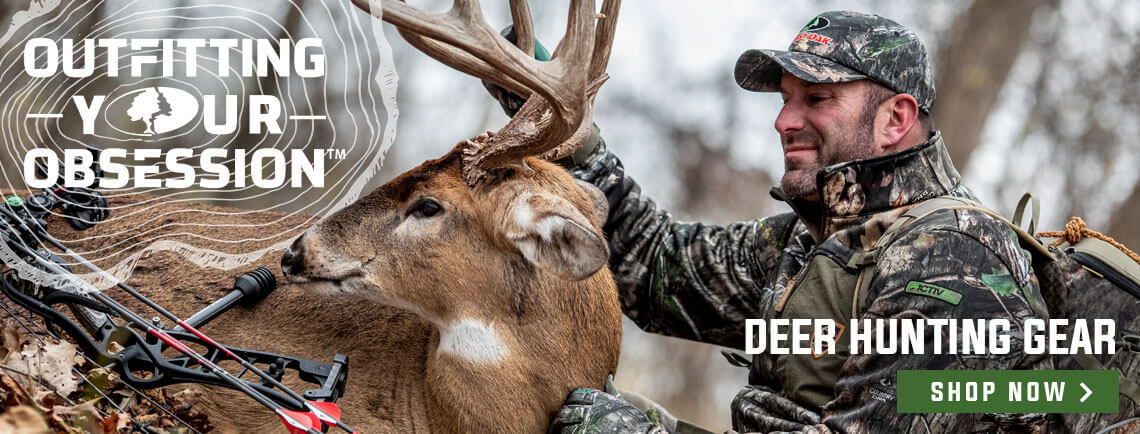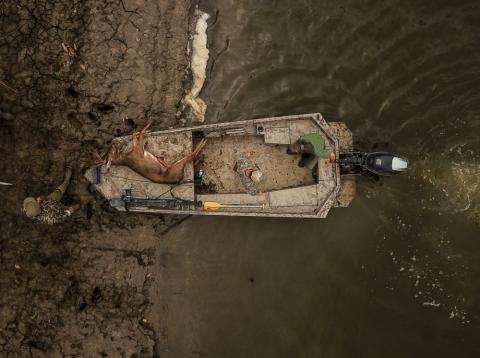Trail cameras are some of the most useful tools in a hunter’s arsenal. These inexpensive and easy-to-use devices allow you to scout without creating a disturbance and keep track of your deer population. They are also a lot of fun to use. You will be filled with excitement when you take the SD cards out of your trail cameras, and you will feel like a kid on Christmas day when you look at the images.
Conducting a Trail Camera Survey
Your hunting trips will be far more successful if you know how many bucks, does and fawns are on your property, and a few trail cameras can get you this information in just a couple of weeks. The images they provide will allow you to accurately calculate deer density, sex ratio, fawn recruitment and buck age structure, which is the kind of information you will need if you want to manage your deer herd effectively and stay within your land’s carrying capacity.
Wildlife management and whitetail deer surveys used to be trial-and-error exercises, but researchers from Mississippi State University in 1997 figured out a very effective, quick and easy system that uses trail cameras. All you will need to conduct a deer management survey is one trail camera for each 100 acres of property. Any trail camera will do because you won’t need any fancy features, but make sure that the devices you choose can create time and date stamps and have plenty of battery life.
Setting Up Your Cameras

You should place your cameras in areas where white-tailed deer are active. Heavily traveled deer tracks are best, but wood roads or the edges of feeding areas are also good choices. Clear debris from your chosen locations to make sure nothing will obstruct your cameras, and wear rubber boots and gloves so you don’t leave any scent behind. When you place your cameras, make sure that they are facing north so the backlighting caused by sunrise and sunset doesn’t ruin your images.
If your state or local rules permit it, place a feeding station about 20 feet in front of each camera. Shelled corn is the best bait, but you could use acorns, mineral supplements or attractants in a pinch. Check that the batteries in your cameras are fully charged, and set the time delay to 10 minutes so you don’t drain your batteries by taking unnecessary pictures.
Timing Your Survey
For the best results, you should conduct three surveys in total. The first will be a trial run to make sure that your cameras are working and deer are not getting too close or staying too far away. Once you are happy with your setup, conduct your first proper survey just before the rut and the beginning of deer hunting season and your second survey just after the season ends. It will take your cameras 10 days to photograph 85% of your herd and 14 days to take pictures of 90% of your deer, so keep your cameras rolling for two weeks if you can.
Analyzing the Results

After you have completed your second survey, gather all of your images together and count the total number of bucks, does, fawns and yearlings. Once you have the totals sorted, it will be time to start identifying individual animals.
Study the images to identify unique mature bucks by looking at things like antlers, points, abnormalities and body characteristics. Now, divide the total number of bucks by the number of unique bucks to calculate your deer population factor. If you have 150 images of bucks and 15 unique bucks, your deer population factor will be one in 10 or 10%.
The next step is multiplying the total number of does and fawns in your images by the deer population factor you just calculated. This will tell you how many unique does and fawns you have. If that sounds like a lot of math, the National Deer Association has a form that makes these calculations very easy for American hunters.
Using What You Have Learned
Using trail cameras to survey a deer herd is worthwhile because the information the images provide will allow you to sort your bucks according to age and work out your buck-to-doe and fawn-to-doe ratios. Knowing this will help you manage your herd more effectively, and that will make your hunting trips more fun and more productive.































